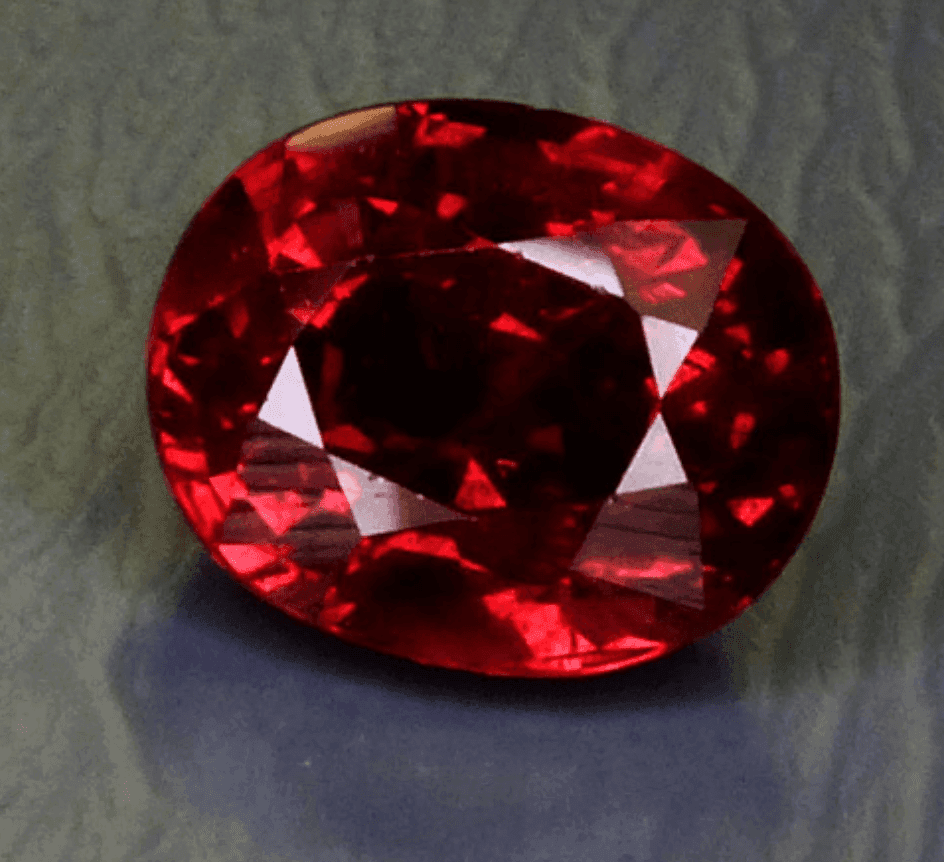Ruby Buying Guide
Our ruby buying guide can help you learn how rubies are graded, what to avoid, and how to identify a high quality stone or a bargain in the rough.
8 Minute Read
Related Articles
Ruby Gemstone Value, Price & Jewelry Insights
Discover everything about ruby gemstones — from value factors and origins to care tips. Learn what determines ruby prices and...
Read More
Corundum Value, Price, and Jewelry Information
Next to diamond, corundum is the hardest mineral known and is very compact and dense, with no cleavage. As a...
Read More
Ruby and Sapphire Survey: Where Do You Draw the Line?
Our survey asked for your input on the age-old question: where is the line between ruby and sapphire? The results...
Read More
Ruby and Sapphire Origins
Ruby and sapphire origins greatly affect the values of these prized gems. Learn where these stones occur and how inclusions...
Read More
Latest Articles
Milarite Value, Price, and Jewelry Information
Very rare milarite crystals can occur in green and yellow colors. Transparent material can yield small but pleasant looking faceted...
Read More
Appraising Pearls: How to Grade Pearls
Novice gemologists and jewelers may find appraising pearls difficult. Our guide will show you how to appraise and grade different...
Read More
Agate Buying Guide
Decorative, patterned forms of agate are excellent natural gems. Learn more about agate's mesmerizing patterns in our agate buying guide....
Read More
Carving Techniques for Handling Inclusions in Transparent Gems
Inclusions don't have to result in a loss of mass or value when cutting transparent gems. Learn how to manage...
Read More
Never Stop Learning
When you join the IGS community, you get trusted diamond & gemstone information when you need it.
Get Gemology Insights
Get started with the International Gem Society’s free guide to gemstone identification. Join our weekly newsletter & get a free copy of the Gem ID Checklist!
